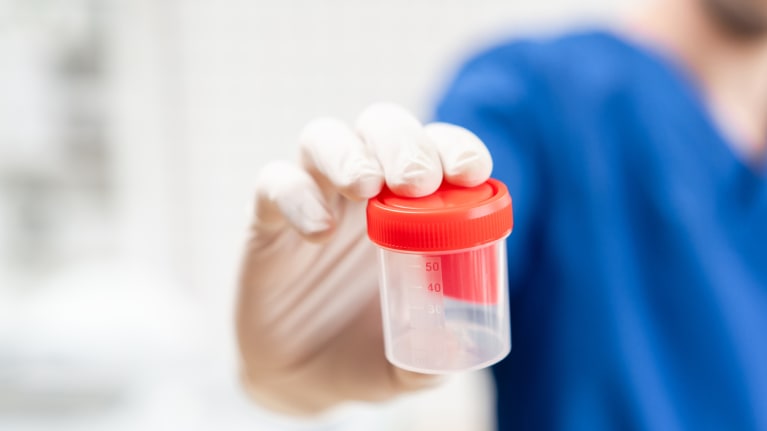
Many people are being tested for drugs. Many employers conduct regular drug screenings of new employees as well as current employees. Nevertheless, many people do not understand how iDrugScreen drug tests work. The following is what you need to know if you’re interested in learning more.
Table of Contents
Why Do Drug Tests Exist?
Tests for the detection of current or past drug use are considered drug tests. Most often, participants are asked to provide a sample of their urine or hair. To find out whether a particular drug contains any specific chemicals, testing is conducted. It is considered positive when those chemicals are detected. The accuracy of drug tests varies depending on the substance tested and the test method used. It is not uncommon to test for marijuana, for example, which is relatively accurate. When it comes to new street drugs, tests are not often accessible. Various government agencies, employers, and sports organizations commonly administer the following tests.
What Is The Importance Of Hair Follicle Testing?
Employees are frequently subjected to hair drug tests by their employers. A sample of hair is used to determine whether someone has used drugs during a given period. The average number of hairs collected and trimmed is 100, with the aim to trim them as closely as possible to the scalp. Lastly, we send the inch and a half closest to the scalp to a laboratory for testing.
A hair sample is tested for ELISA and GC-MS at the lab where it is subjected to two tests: ELISA and GC-MS. You can determine if the individual used any substance in the last 90 days through a hair drug test.
What is an Urinalysis?
Tests for recent drug use, also known as urine drug tests, determine whether a person took drugs recently. Analyzing urine samples allows the identification of various substances.
Immunoassays (IA) are the most commonly used tests. As an alternative to urine screening, there is an analytical technique called GC-MS, which is more accurate and detects more substances.

With urine screening, the detection window is much smaller than with hair screening. In urine, for instance, amphetamines can only be detected after three days, but can be detected in hair as old as 90 days. Urine usually cannot be detected for more than 90 days except in extreme cases where THC is detected.
Because it is more accurate, urinalysis is more frequently used in sports and law enforcement even though it has a shorter window. The federal government doesn’t currently support hair drug testing, but it may do so in the future.
Why Are Sometimes Accurate Tests Inaccurate?
Most people consider drug tests to be accurate. But under certain circumstances, the results may be incorrect.
Spending a long time near marijuana smoke may increase your THC level if you inhale it. Because of this, it is rare, since it usually only occurs right after exposure. Furthermore, some CBD oil products contain traces of THC. Consuming significant amounts of CBD may result in a positive THC test. The antiviral drug effavirenz – which treats HIV – can also be incorrectly flagged.
Taking weight loss pills containing phentermine may lead to a positive amphetamine drug test. It is possible for diphenhydramine on a drug test to show up as methadone or PCP – as is the case with Benadryl and other antihistamines.
Hair drug tests can also be affected by the type of hair you have. A test result based on bleached, damaged, or melanin-rich hair may be unreadable because of the hair’s condition.
Many prescription medications used to treat mental health disorders can also produce false positive results. Certain antipsychotic drugs, such as quetiapine and chlorpromazine, may be prescribed to treat schizophrenia or bipolar disorder.





